Though the importance of taking care of our displaced people and animals come first, it’s important to ensure the Lahaina Banyan Tree’s future as well.
The Lahaina fires destroyed so much.
It’s still uncertain as to whether the Lahaina Banyan Tree will survive the recent (and ongoing) deadly fires in Lahaina Town.

The Good News
The Banyan Tree still stands! Though everything around it has been charred, the tree still stands within Lahaina Banyan Tree Court. The Old Lahaina Courthouse in front of it is standing, though only its walls remain.
Arborists have checked out the tree and its roots, and they say that there are signs of healthy tree tissue below the charred bark. If the roots are strong, and it’s taken care of, the tree may survive and continue to grow. Clean-up and recovery crews from Goodfellow are watering it daily. There’s still life under every one of the 35 aerial roots and the main trunk.
The fact that the Lahaina Banyan Tree still stands gives the people of Lahaina and Maui hope. Just like our community, banyan trees are incredibly strong and can handle a great deal of stress.
“Today, what we’re doing is called aeration. We’re breaking up the compaction of the soil, and if there’s any burnt or charred soil (which we didn’t actually see on top of the ground)… we want to break it up so that water can penetrate down into the ground. After we break up the soil like this, then we’re going to be putting on the tree what we call a compost tea with microorganisms in it. We’re going to be putting on some what they call Bio-Char. It’s a type of material that helps the tree absorb foreign materials and things like that, but we’ll also be putting on humic acid. And then we’re going to be monitoring the soil moisture. So we’ll have someone checking the moisture every few days and then we’ll be documenting that. So we’ll be checking and trying to keep the moisture in the ground the best we can but not overwatering it,” Arborist Steve Nimz explained in detail. “We checked underneath the bark of all the lower trunks of the tree and we found that there’s still live tissue.”

The Bad News
“We didn’t find see any major charring or scarring of the tree, like a lot of other trees we’ve looked at. But we did not find what we call a good sap flow. We found sap underneath it, but this particular species of tree usually oozes out sap a lot. Since it’s not oozing out sap, it’s kinda like going into a coma. It’s kinda going into a holding stage. So that’s what I feel the tree is doing right now, and what we’re doing is just like someone in a coma, they give him an intravenous shot. And then they keep their vitals going, but they don’t know what to do after that. Same way with the tree, we’re give it an intravenous shot with the aeration and the treatments we’re doing now, and then when someone’s in a coma, we don’t know how long it’s going to be. A week, a month, a year, what ever it is, so long as the vitals are still going, we keep em going on it.”
“So, when they blink or move a finger, then we know we’re going to do something. And on the tree, as soon as we see a new bud pop, or something like that, then we know that the tree’s responding to the treatment, or we may have to change our treatment. So the tree is going to tell us what to do.”
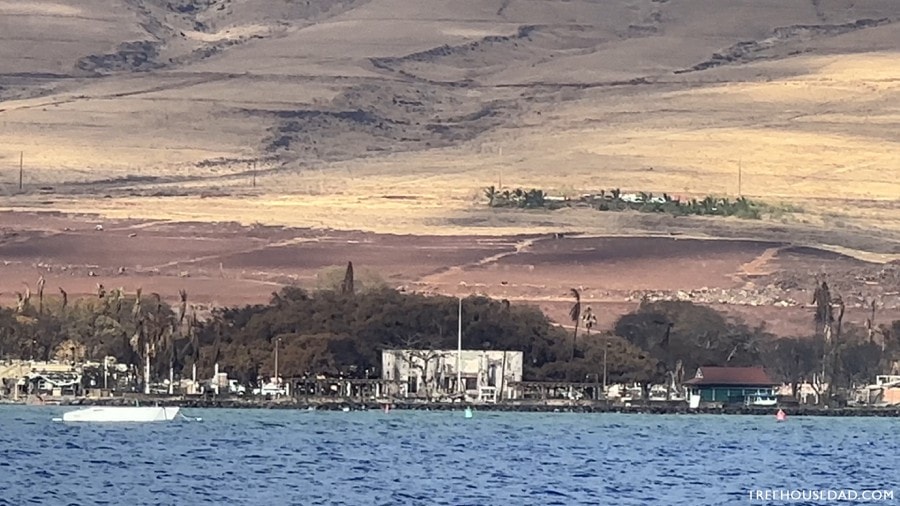
“Up in the top of the tree, definitely, the leaves are all dry and dead. But they’re not charred off or burned off. So, that indicates that the fire wasn’t as hot up there. The little tips of the branches are dead. We’re leaving those on the tree even though they’re dead, because what they do is act as a shade cover for the branches below.”
“I’m just one person of the team. We’ve got people all through the islands. I’ve got people from California, Oregon, Washington, Arizona, and other places that we’ve put out to get comments. We’ve given them our reports, our recommendations, and basically everything we’ve recommended. They concur with our treatment plan. So, it’s a group effort of all us arborists coming together to work on the tree.”
Again, this tree is not the focus for Maui’s recovery. But it is important as a symbol of hope for our people.

A Majestic Maui Legacy
A Journey through the History of the Banyan Tree from Lahaina Banyan Tree Court in Maui, Hawaii
Standing as an iconic emblem of natural beauty and historical significance, the Banyan tree (Ficus benghalensis) at Lahaina Banyan Tree Court in Maui, Hawaii, holds within its sprawling branches a tapestry woven with the threads of time, culture, and conservation. This majestic tree is not only a botanical wonder but also a living testament to the interconnectedness of our incredible Maui community.
It’s Rooted Beginnings
The story of the Banyan tree in Lahaina began in 1873 when the Sheriff of Lahaina, William Owen Smith, was instructed by Queen Keopuolani to plant the tree to commemorate the 50th anniversary of the first American Protestant mission in Lahaina. The sapling, a gift from missionaries in India, was carefully nurtured and over the years, its growth exceeded all expectations. The Banyan tree’s growth pattern is unique; it begins as a small epiphyte on a host tree, but as it matures, it sends down aerial roots that eventually take root in the ground, creating additional trunks and a seemingly endless canopy.
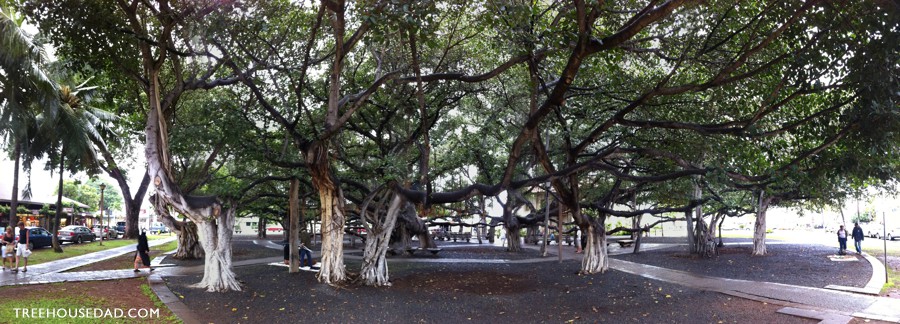
A Canopy of Legends and Lore
Over time, the Lahaina Banyan tree expanded its canopy to cover an area of almost 2 acres, making it one of the largest Banyan trees in the world (definitely the largest in Hawaii and the United States). Its sprawling branches provided a shady refuge for weary travelers, and locals seeking respite from the sun, and even served as a venue for cultural events and gatherings. Beneath its canopy, stories were shared, songs were sung, and the tree became a living monument to the cultural richness of Hawaii.
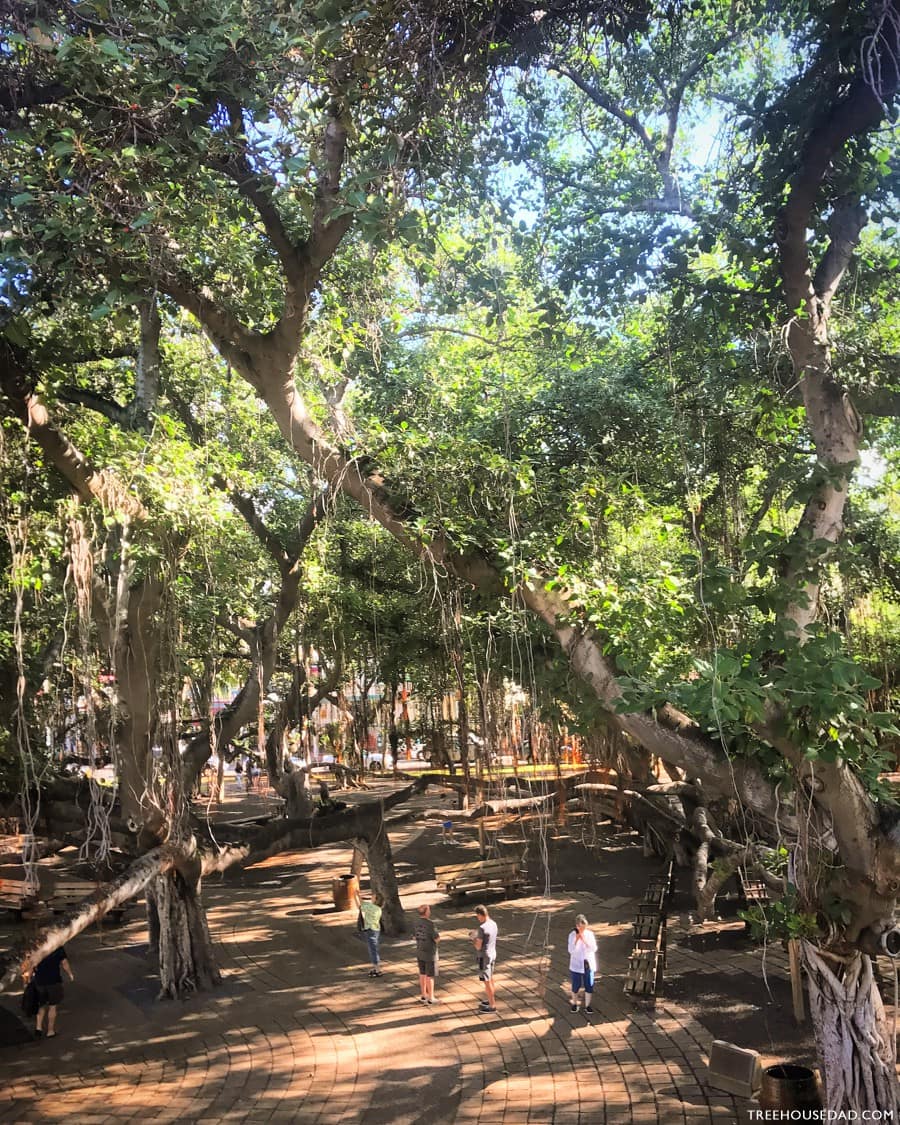
Cultural Significance and Conservation
The Lahaina Banyan Tree and park holds cultural significance well-past its impressive size. Our banyan signifies growth, strength, and adaptability – traits we deeply admire in our community. In its early days, it was fostered by local residents, with particular attention coming from the local Japanese Gardening Society, who hung jars of water for its aerial roots.
As decades passed, the Lahaina Banyan tree has faced various challenges, including diseases and storms. To ensure its longevity, conservation efforts have been consistent. The Lahaina Restoration Foundation has played a pivotal role in caring for and preserving this living relic. Today, the tree continues to stand as a living testament to the human spirit and the power of our collective people.
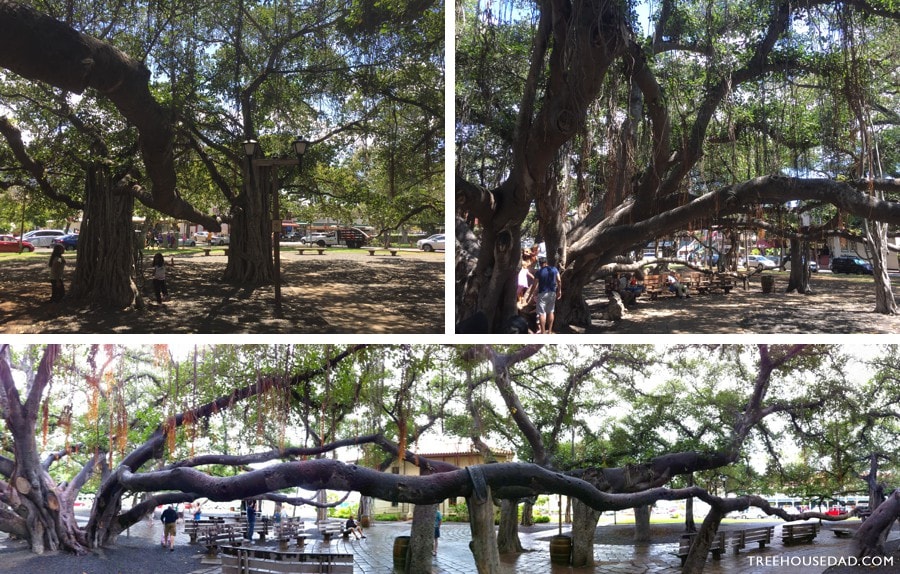
Its Living Legacy
The Lahaina Banyan tree has transcended its botanical nature to become a symbol of Lahaina itself. The Banyan Tree Court once hosted a myriad of events, such as art shows, concerts, and cultural festivals, all set within and against the backdrop of this magnificent tree. Though it’s charred and in what’s considered a coma, our Lahaina Banyan Tree is a testament to the strength of our community and aina. We need to look towards the banyan as the symbol of West Maui’s recovery. There is life within the roots and under the charred bark. This tree serves as a reminder that even as rebuilding will likely reshape Lahaina Town, there is room and a need for reverence and preservation.
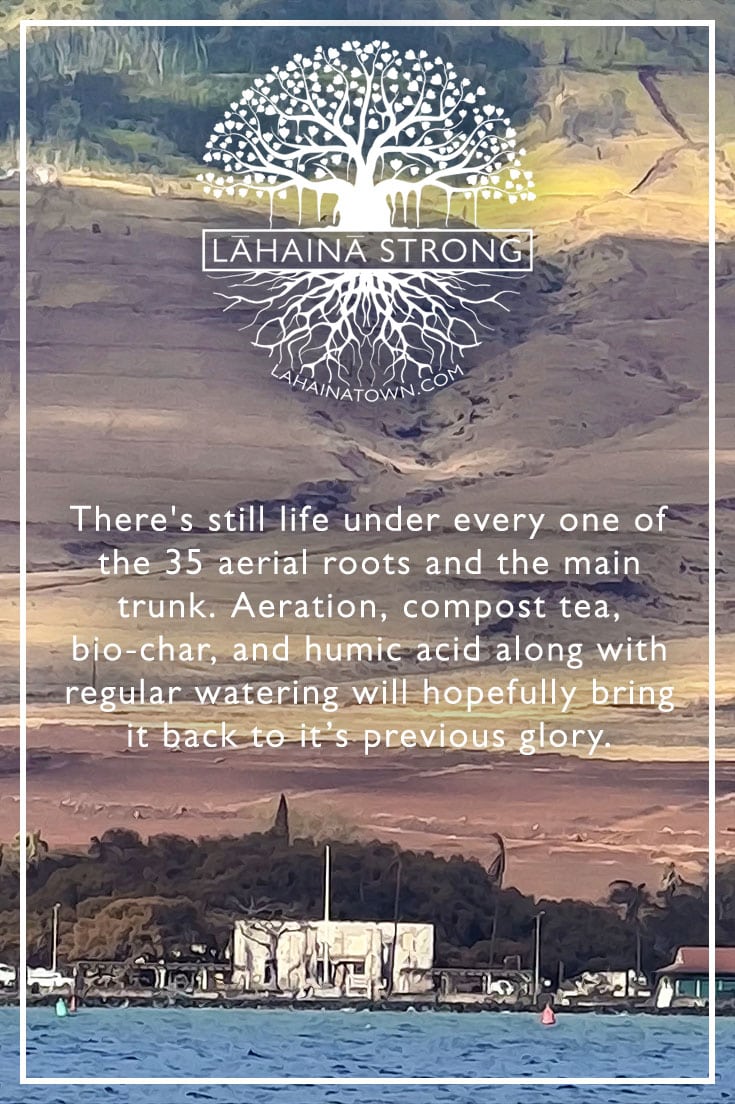
The history of the Banyan tree at Lahaina Banyan Tree Court in Maui, Hawaii, is not just a tale of growth and branches, but a living chronicle of human connection, cultural exchange, and environmental stewardship. It stands as a timeless symbol, reminding us of our responsibility to protect our people and the land we have the honor of living on.

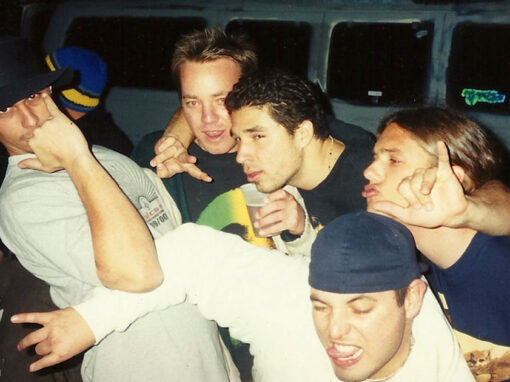
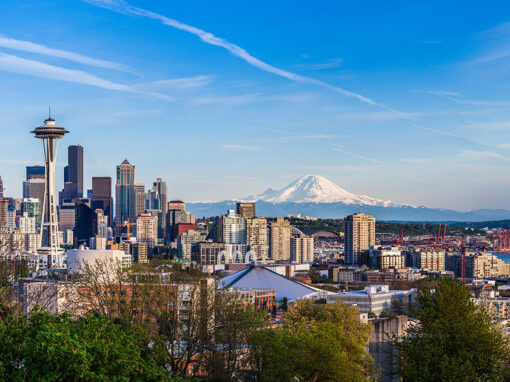

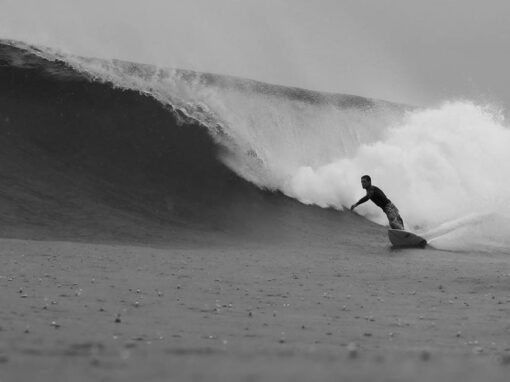

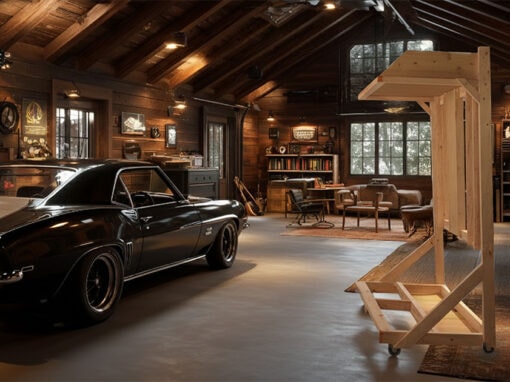

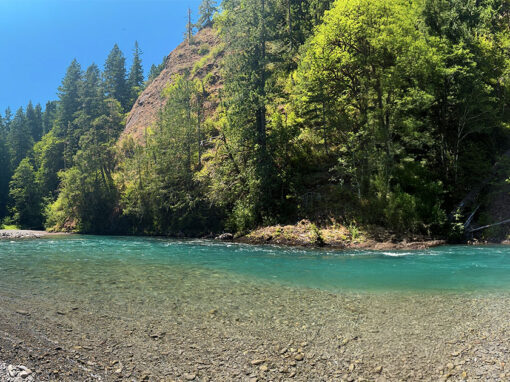
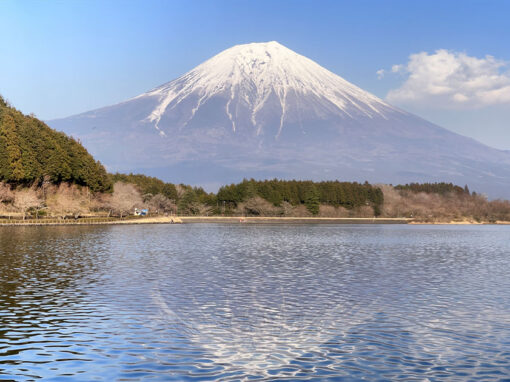
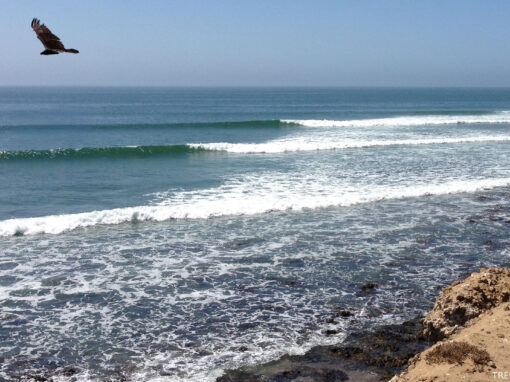
It survived already – the buds will bloom over and over again and it will grow even greater
I agree, but experts are still waiting to see.
I pray for all the citizens of the Hawaiian Islands that the Banyan tree survive for it historical, cultural, and emotional significance. What a symbol of strength it will be when it again blossoms as a sign that all is not lost and there is still strength in that community. Prayers to the People and the Land and especially the souls lost in that devastation.
Mahalo, George!
I join George Joseph Jeffers in his prayers – so well described.
I LOVE THAT TREE SPENT OVER TWO YEARS OF MY LIFE IN MAUI, SPENT MANY DAYS UNDER UNDER THAT TREE. I KNOW IT
WILL MAKE IT , IT HAS MY MARKS
This tree means the world to me and its strength is spiritually giving out such hope. Maui strong ❤️
Mahalo for what you are doing to nurse the beloved Banyan Tree back to health.
Thinking of Lahaina and wishing for good health and peace today.
Mahalo, Denise!
I was born in Lahaina, 1958. My parents , Ted & Bungy Grant were Married there and leased the Pioneer Inn. Sara Kaumehaewa (spelling?) worked with them to run as a hotel. Sara became my Godmother giving me the name Kekaihoku.
My aunty came from California to visit and she said my Dad took her out in the early morning. Facing the Banyon tree, he clapped his hands and thousands of Mina Birds started talking. My aunt said it was SO LOUD!!!!
I Love Lahaina and the wonderful people who gave us all a home..
oh wow, thank you for sharing this story! It truly is a special place, mostly because of the people of Lahaina. It’ll come back stronger than ever, but we’ll have to wait.
Sending good wishes to all residents of Maui affected by the fires. My heart sank when I heard the old capital Lahania was being engulfed by the flames. My first thoughts were the Old Court House so full of history and the majestic Banyan tree.
Sending love from Australia 🇦🇺 ❤️